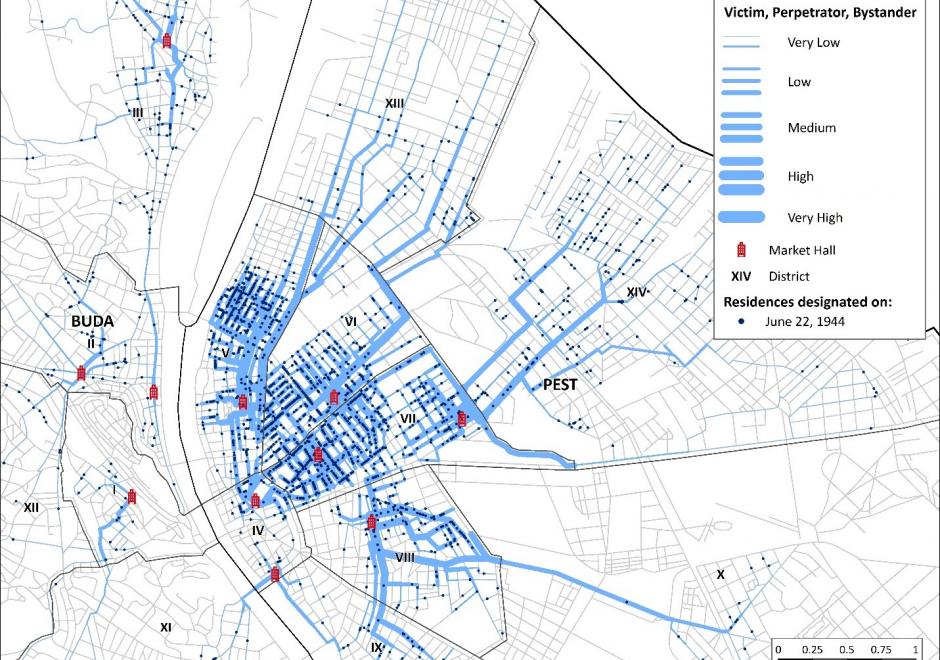DA-11 - GIS&T and the Digital Humanities

This entry reviews the use of GIS&T in the digital humanities and in the spatial humanities, highlighting opportunities for interdisciplinary collaborations between GIScientists and humanities scholars, including in history, archeology, and literary studies. Challenges are highlighted as well, including epistemological and ontological differences between the spatial, abstract, and quantitative view of the world of GIS&T and GIScience and the humanities emphasis on place and qualitative methods. The potential of mixed methods to bring together different epistemological perspectives is discussed in this context. Scale is identified as a promising geographical framework for humanities research, both in its metaphorical aspects and as intended in cartography. Examples of the use of GIS&T and GIScience in the humanities are provided, including historical GIS, geohistorical gazetteers, archeology and GIS, and GIS in literary studies. The entry is framed historically, with reference to the work of Bakhtin, Braudel, and Hägerstrand, who are early influencers of the spatial turn in the humanities. Among the research directions briefly explored are the GIS of place, deep maps, and qualitative GIS, which exemplify how the collaboration between GIScience and the humanities can be strengthened.

DA-11 - GIS&T and the Digital Humanities
This entry reviews the use of GIS&T in the digital humanities and in the spatial humanities, highlighting opportunities for interdisciplinary collaborations between GIScientists and humanities scholars, including in history, archeology, and literary studies. Challenges are highlighted as well, including epistemological and ontological differences between the spatial, abstract, and quantitative view of the world of GIS&T and GIScience and the humanities emphasis on place and qualitative methods. The potential of mixed methods to bring together different epistemological perspectives is discussed in this context. Scale is identified as a promising geographical framework for humanities research, both in its metaphorical aspects and as intended in cartography. Examples of the use of GIS&T and GIScience in the humanities are provided, including historical GIS, geohistorical gazetteers, archeology and GIS, and GIS in literary studies. The entry is framed historically, with reference to the work of Bakhtin, Braudel, and Hägerstrand, who are early influencers of the spatial turn in the humanities. Among the research directions briefly explored are the GIS of place, deep maps, and qualitative GIS, which exemplify how the collaboration between GIScience and the humanities can be strengthened.